Home>Ideas and Tips>Creating A Functional Homework Station In A Kitchen
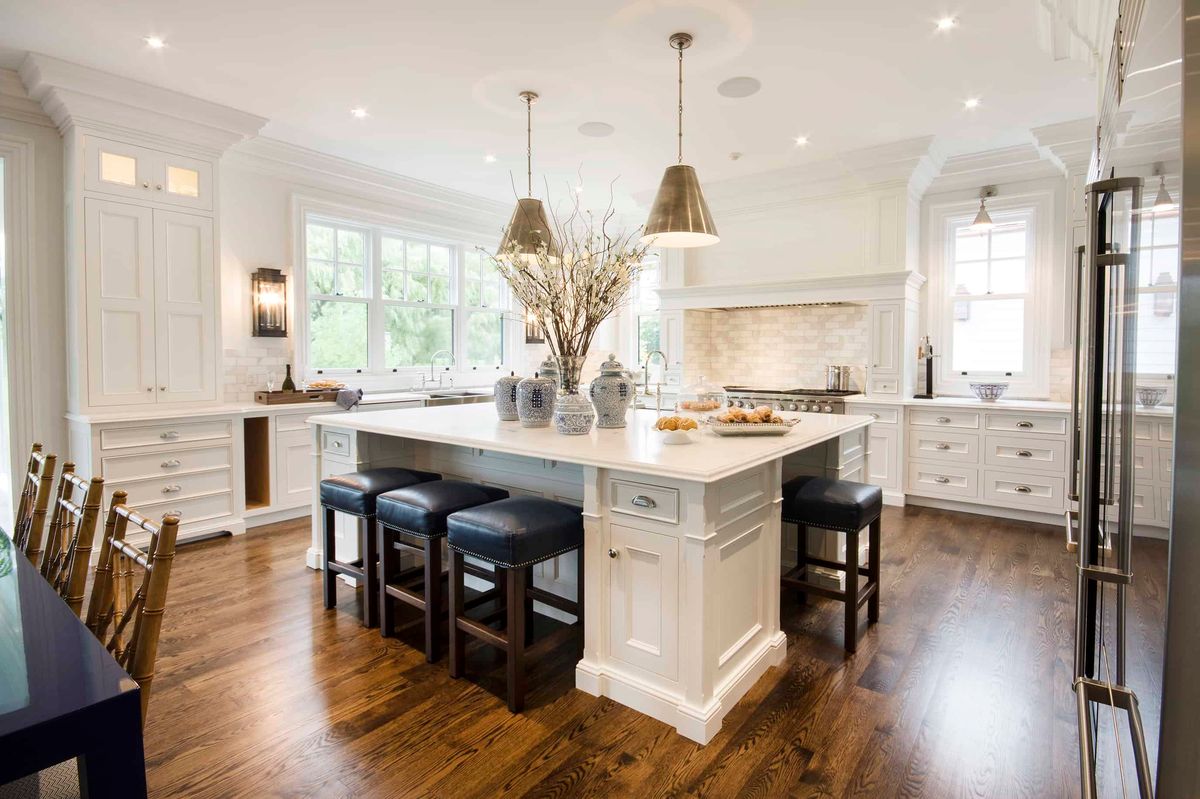

Ideas and Tips
Creating A Functional Homework Station In A Kitchen
Published: September 3, 2024
Transform your kitchen into a functional homework station with our step-by-step guide. Enhance focus and organization for your child's learning experience.
(Many of the links in this article redirect to a specific reviewed product. Your purchase of these products through affiliate links helps to generate commission for Storables.com, at no extra cost. Learn more)
In today's world, where virtual learning and homeschooling are increasingly common, having a dedicated space for homework is more crucial than ever. While the kitchen table often serves as a makeshift workspace, it can be challenging to maintain focus and organization amidst the hustle and bustle of family life. Transforming your kitchen into a functional homework station can significantly enhance your child's learning experience and reduce stress for both you and your child. In this article, we will guide you through the process of creating an efficient and inviting homework station in your kitchen.
Why Create a Homework Station in the Kitchen?
Creating a homework station in the kitchen is a game-changer. First off, it's super convenient. The kitchen is usually the heart of the home, so it's a spot where everyone tends to gather. This makes it easier to keep an eye on your kid while they work. Plus, if they need help, you're right there. No need for them to trek across the house to find you.
Another big plus is space utilization. Not everyone has a spare room to turn into a study area. Using a part of your kitchen can be a smart way to make the most of your space. You can carve out a little nook or even use a part of the countertop. It's all about being creative with what you've got.
Organization is another key benefit. When you have a designated spot for homework, it helps keep things tidy. No more scrambling to find a pencil or a notebook. Everything has its place, which makes it easier for your child to stay focused and get their work done efficiently.
Lastly, a kitchen-based homework station offers flexibility. Whether your child is in elementary school or high school, you can adapt the space to fit their needs. Younger kids might need more supervision and hands-on help, while older kids might just need a quiet spot to concentrate. The kitchen can accommodate both.
Steps to Create a Functional Homework Station in the Kitchen
-
Assess Your Space
- Measure Your Kitchen: Grab a tape measure and get the dimensions of your kitchen. Knowing the exact size helps you figure out the best spot for the homework station. Think about the flow of traffic and where people usually walk or stand.
- Identify Potential Areas: Look around for underused spaces. Maybe there's a corner that's just collecting dust or a part of the countertop that doesn't get much action. These spots can be prime real estate for your homework station.
-
Decide on the Layout
- Permanent vs. Portable: Do you want something that stays put or a setup that can move around? A permanent station might involve a small desk or built-in shelves. A portable one could be a rolling cart that you can tuck away when not in use.
- Consider Ergonomics: Make sure the setup is comfy. The desk or table should be at a height where your child can sit up straight without hunching over. Good posture is key for staying focused and avoiding aches and pains.
-
Choose the Right Furniture
- Desk or Table: A small desk or table is a must. If space is tight, think about a foldable table that you can stash away when homework time is over.
- Chairs and Stools: Pick a chair or stool that's comfy but also supports good posture. Some kids might benefit from a wobble stool or an exercise ball, especially if they have trouble sitting still.
-
Organize Your Supplies
- Storage Containers: Use bins, baskets, or caddies to keep supplies organized. Label them so your child can easily find what they need. No more hunting for a pencil or a pair of scissors.
- Supply List: Make sure you have all the essentials: pencils, erasers, sharpeners, scissors, highlighters, pens, folders, and a pencil case or storage caddy.
-
Add Decorative Elements
- Artwork and Plants: Spruce up the space with some artwork or a plant. It makes the area more inviting and can even help reduce stress.
- Calming Colors: Use colors that are easy on the eyes. Soft blues, greens, or neutrals can create a calming environment that helps your child focus.
-
Minimize Distractions
- Quiet Space: Try to set up the station in a quieter part of the kitchen. Avoid spots near noisy appliances or high-traffic areas.
- Noise Reduction: Think about adding some noise-reducing elements like acoustic panels or sound-absorbing curtains. These can help cut down on distractions.
-
Incorporate Technology
- Laptop Tray: If your child uses a laptop, a laptop tray can provide a stable surface for working. It also helps keep the laptop at a comfortable height.
- Headphones or Speakers: Headphones can help your child focus by blocking out background noise. A small Bluetooth speaker can also be useful for listening to educational videos or music.
-
Maintain Organization
- Daily Routine: Get into the habit of putting supplies away after each use. This keeps the station tidy and ready for the next homework session.
- Regular Cleaning: Regularly clean the area to prevent clutter from building up. A clean space is a productive space.
Examples of Effective Kitchen Homework Stations
-
Corner Station
- Use a corner of your kitchen for a compact desk or shelf. It's a great way to use space that might otherwise go to waste.
-
Island Station
- If you have a kitchen island, consider turning part of it into a homework station. You can add a built-in desk or some shelves for storage.
-
Countertop Station
- For really tight spaces, a part of the countertop can work as a temporary homework station. Use a foldable table and a comfy stool to make it work.
-
Wall-Mounted Desk
- In smaller kitchens, a wall-mounted desk that folds up when not in use can be a lifesaver. It keeps the floor clear while providing a workspace.
-
Portable Caddy
- If you prefer a setup that can move around, a supply caddy is a great option. It holds all the essentials and can be easily moved as needed.
Tips for Creating an Ideal Homework Station
-
Involve Your Child
- Let your child help plan the station. They'll be more likely to use it if they have a say in how it's set up.
-
Make It Personal
- Add some personal touches like favorite artwork or decorative items. It makes the space feel more inviting and less like a chore.
-
Keep It Flexible
- Design the station so it can grow with your child. As they get older, their needs will change, and the station should be able to adapt.
-
Encourage Responsibility
- Teach your child to keep the station organized. Putting supplies away after each use and cleaning up regularly helps maintain a productive space.
-
Monitor Progress
- Keep an eye on how well the station is working. Make adjustments as needed to ensure it remains effective and meets your child's needs.
Additional Resources
If you're looking for more inspiration or practical tips on creating a homework station, consider checking out the following resources:
- Pretty Handy Girl: This blog provides detailed tutorials on how to turn your dining room into a homework/school work station, which can also be applied to kitchens.
- Organize My House: This website offers step-by-step guides on creating a DIY school homework station, including essential supplies and organizational tips.
- Lip Gloss and Crayons: This blog provides homework station ideas from a teacher and mom, including important elements like comfortable chairs, quiet spaces, and organized supplies.
By combining these resources with the steps outlined above, you'll be well on your way to creating an effective and functional homework station in your kitchen that will support your child's academic success for years to come.
Was this page helpful?
At Storables.com, we guarantee accurate and reliable information. Our content, validated by Expert Board Contributors, is crafted following stringent Editorial Policies. We're committed to providing you with well-researched, expert-backed insights for all your informational needs.
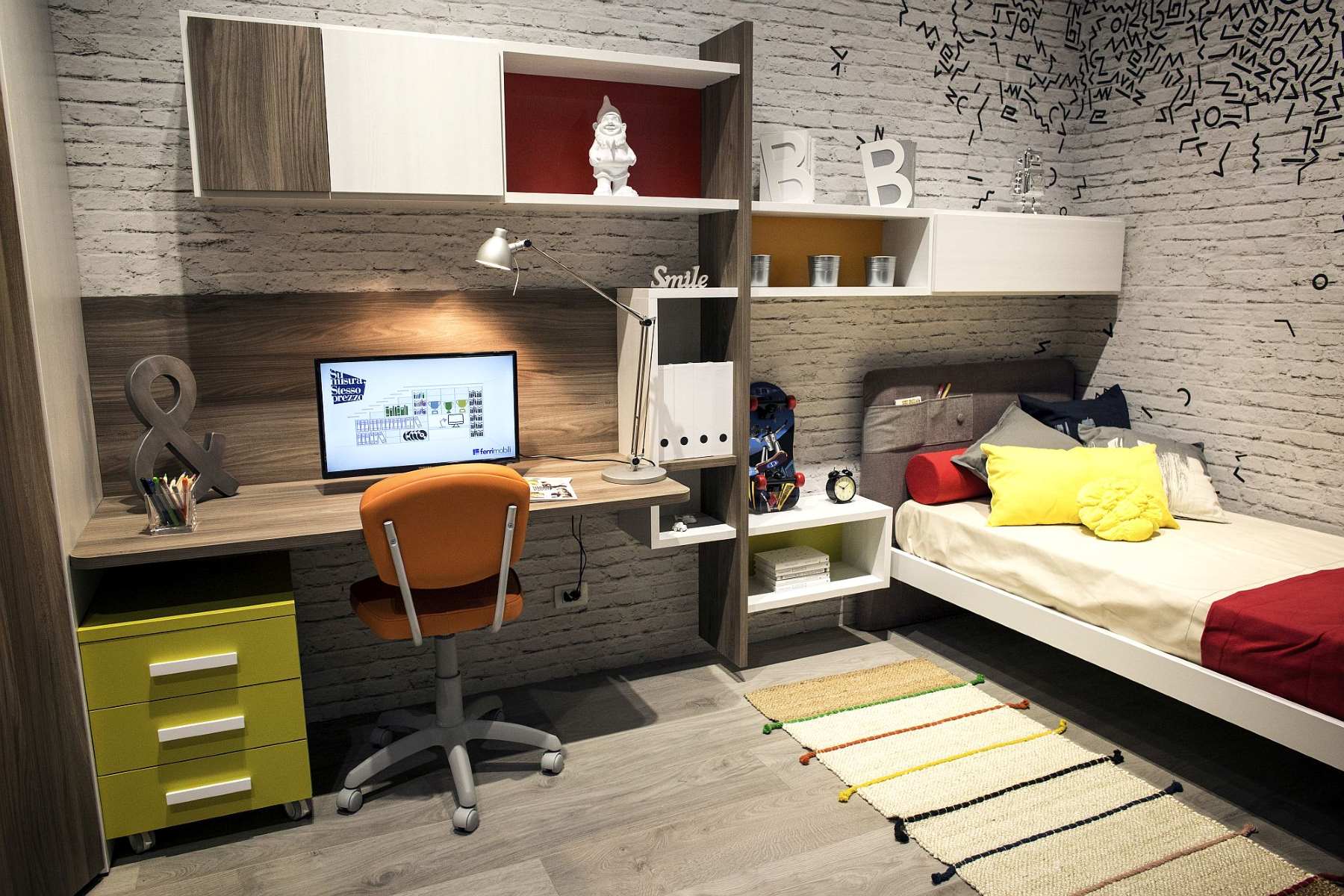


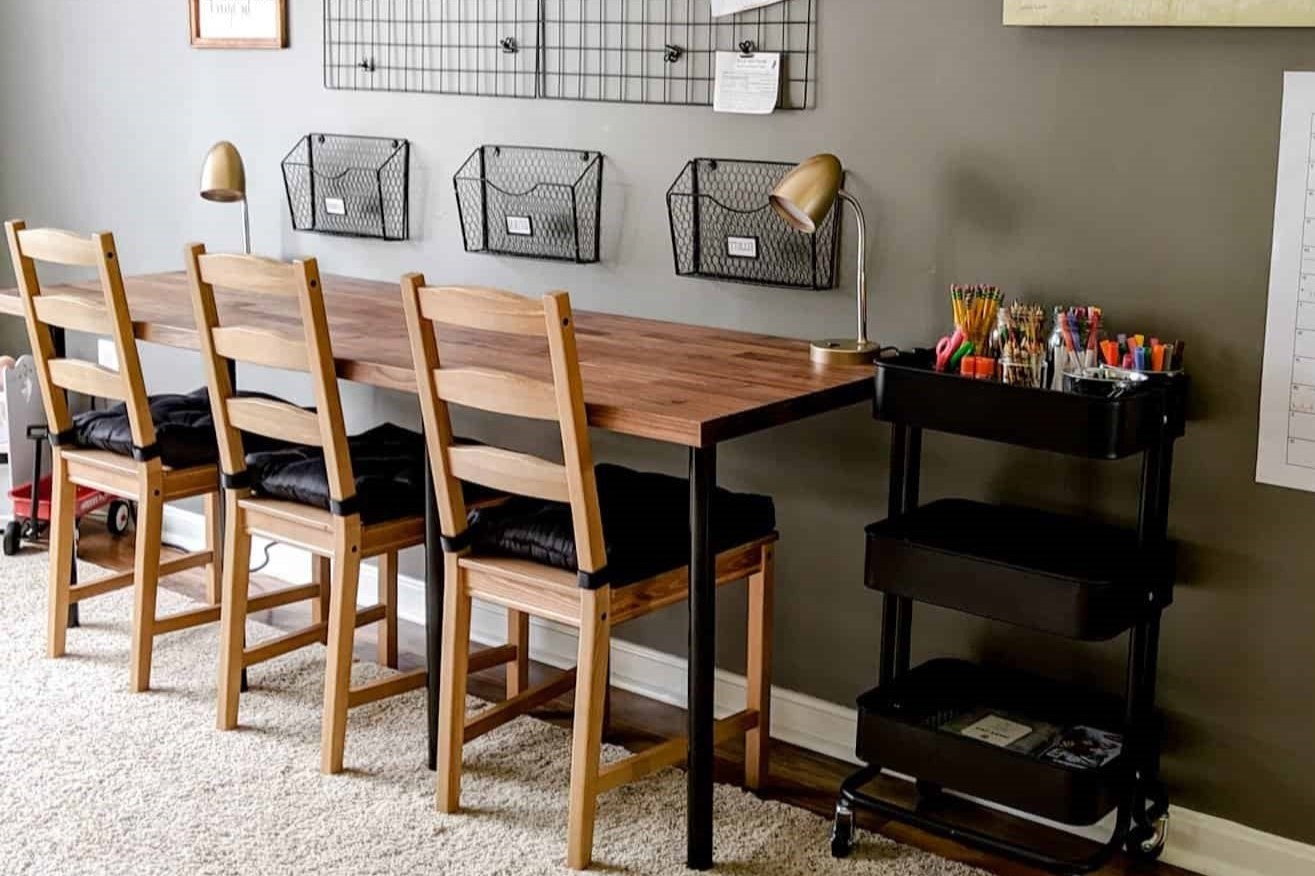
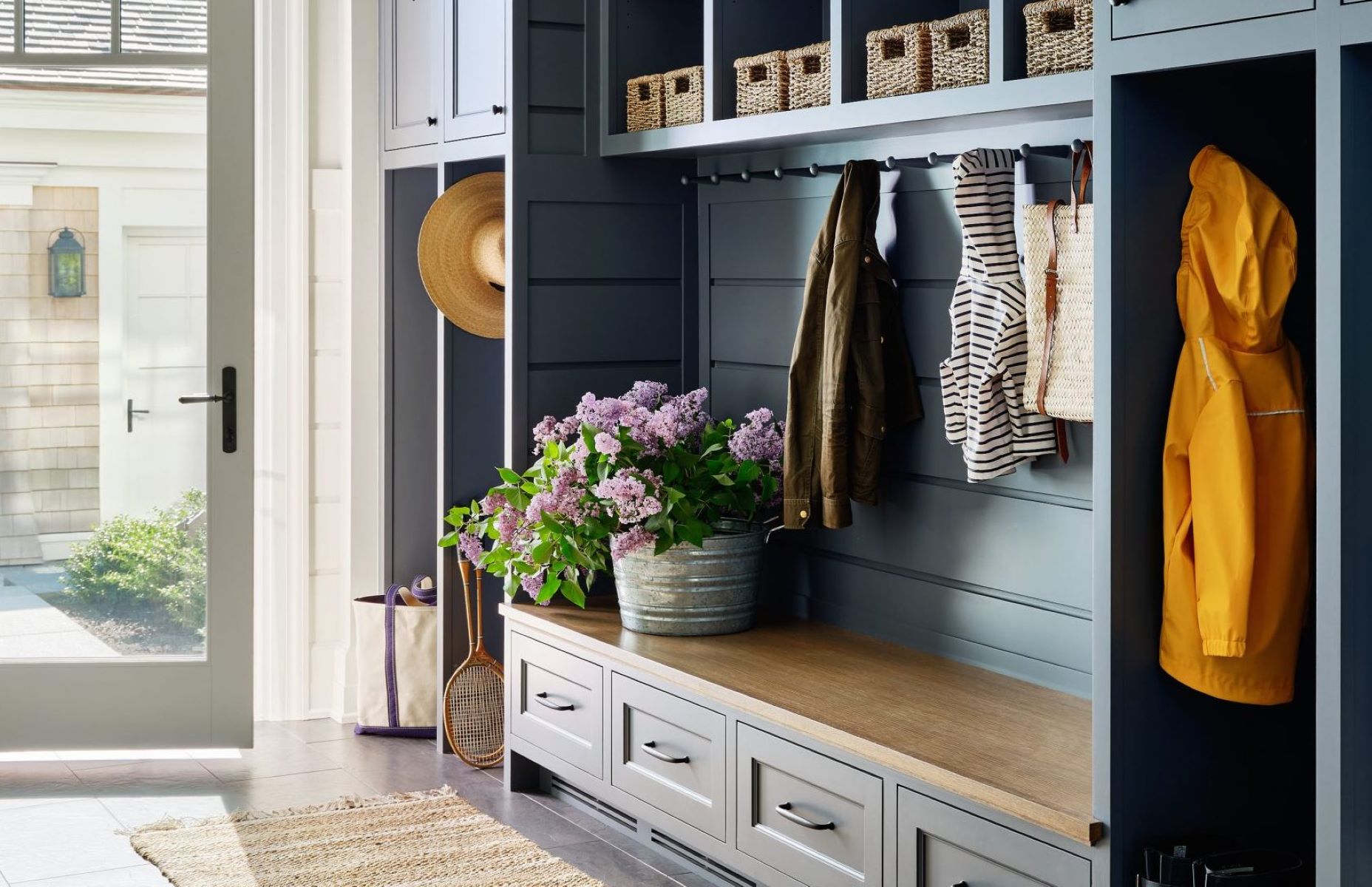
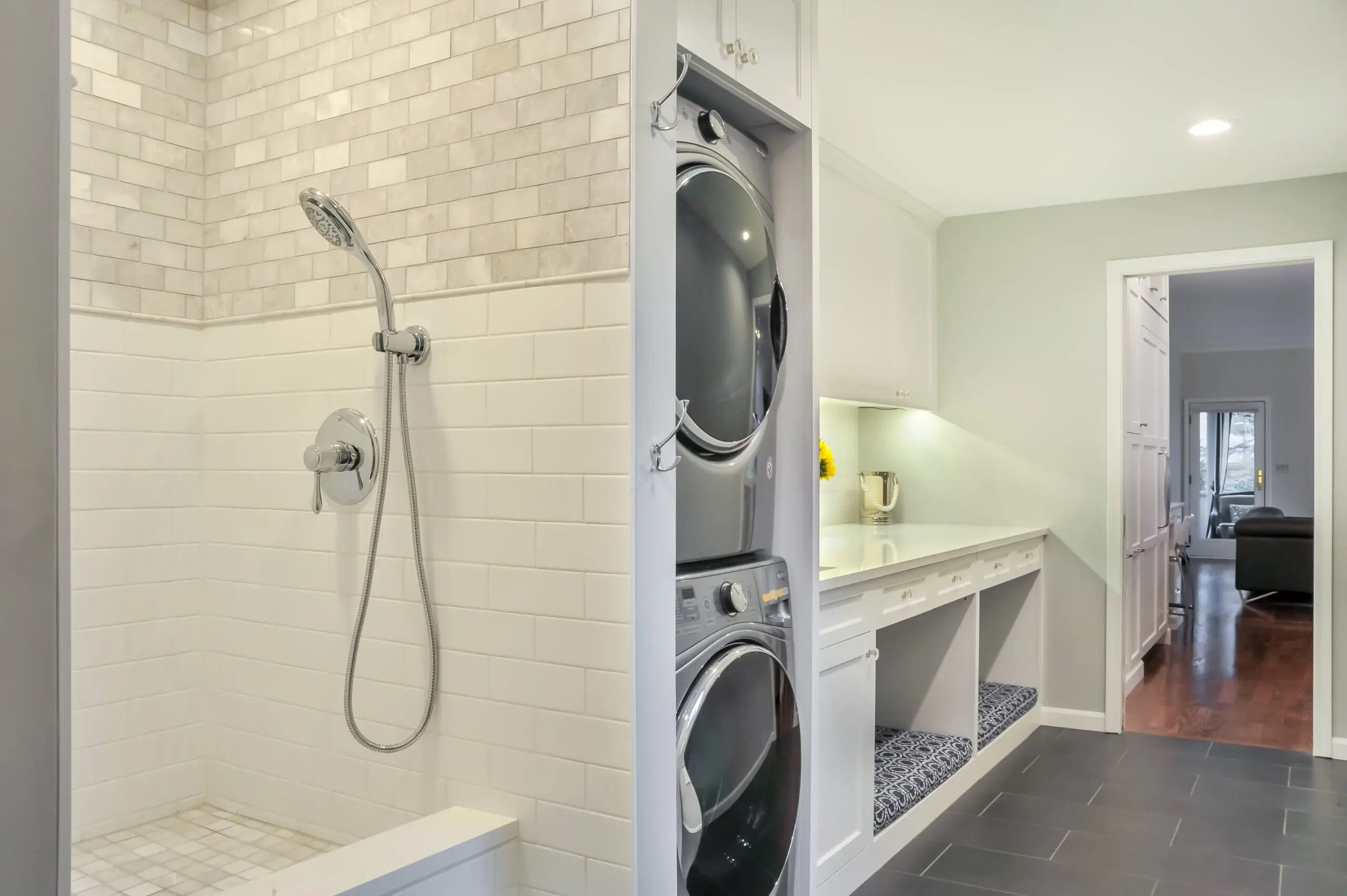
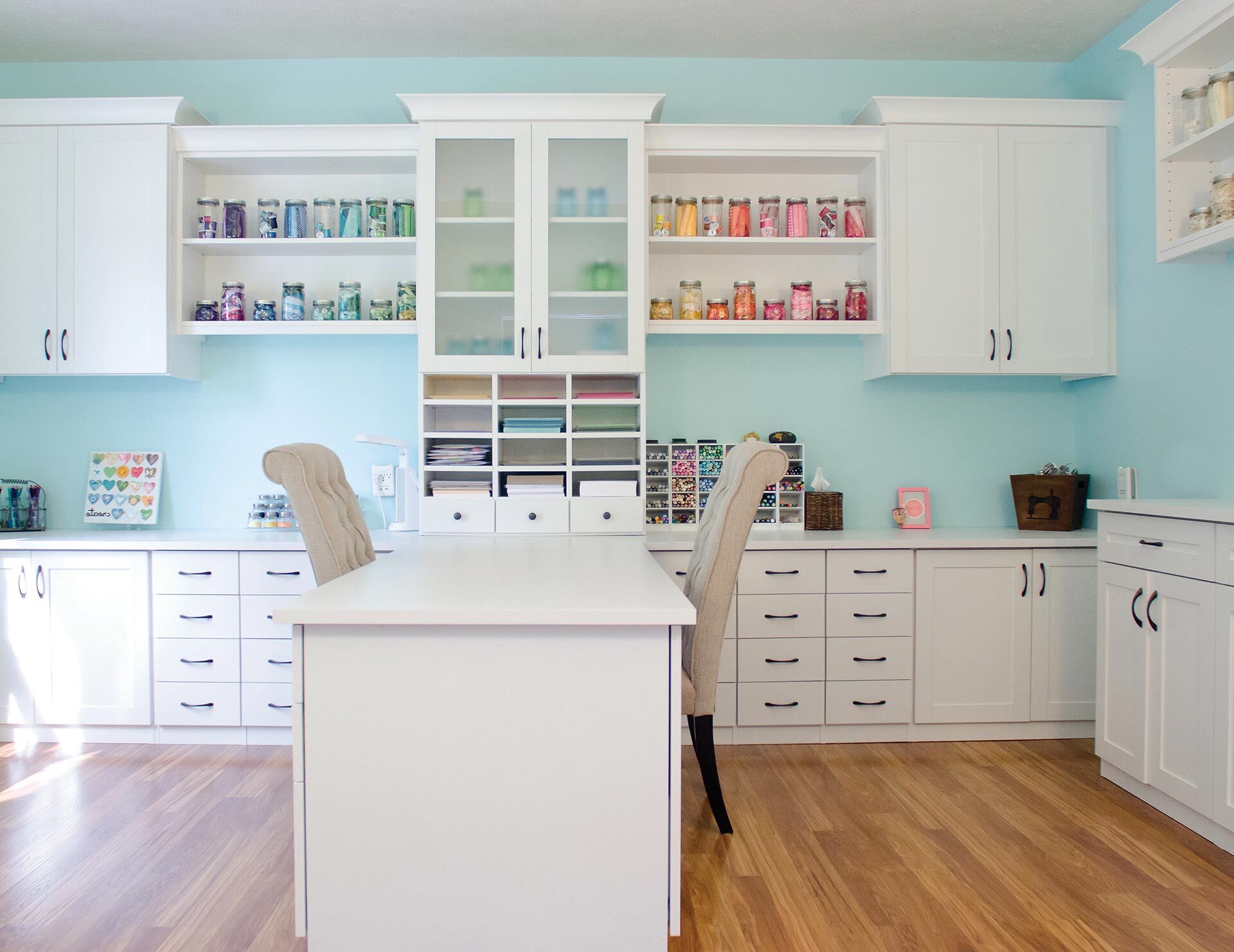
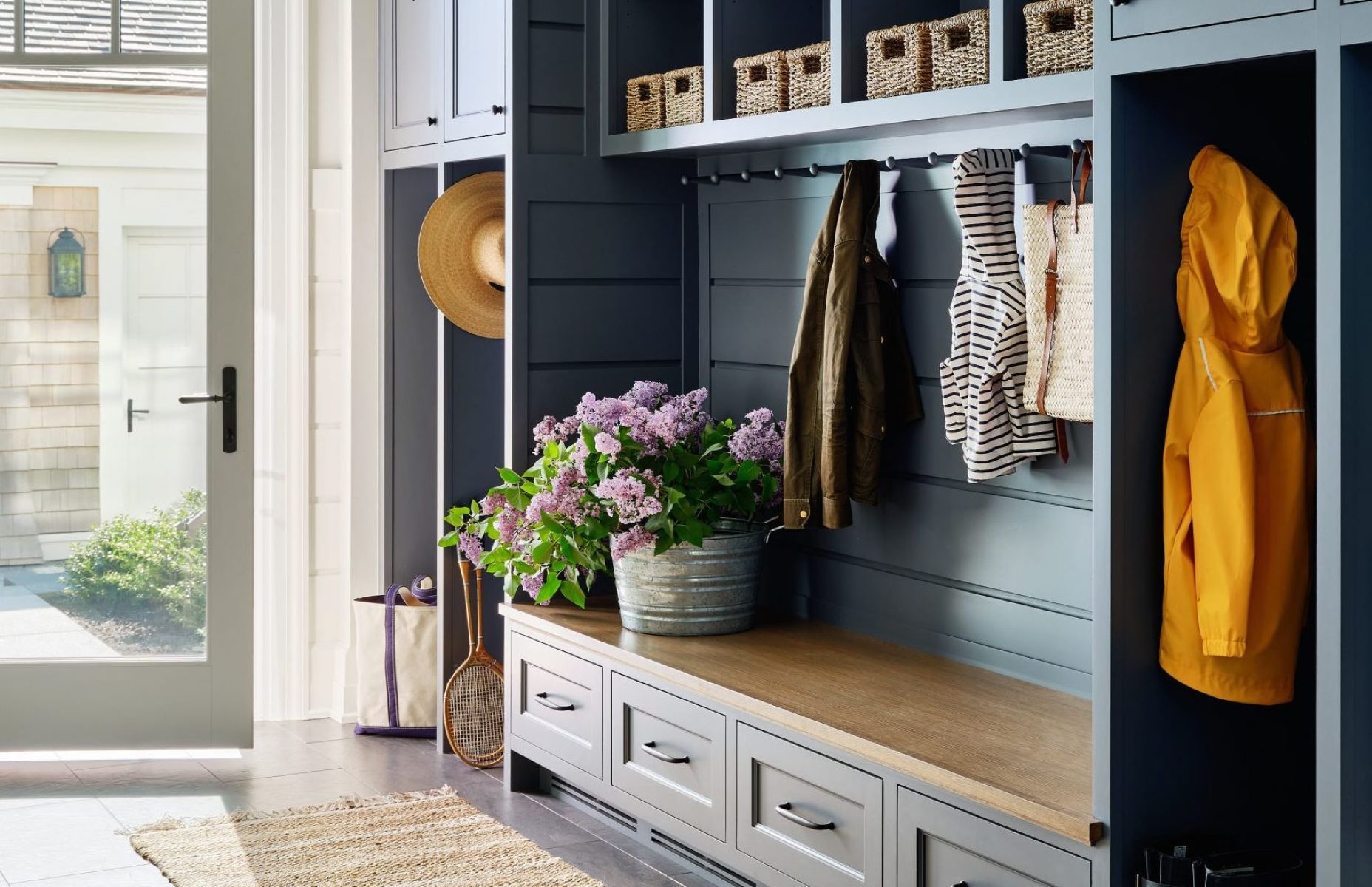
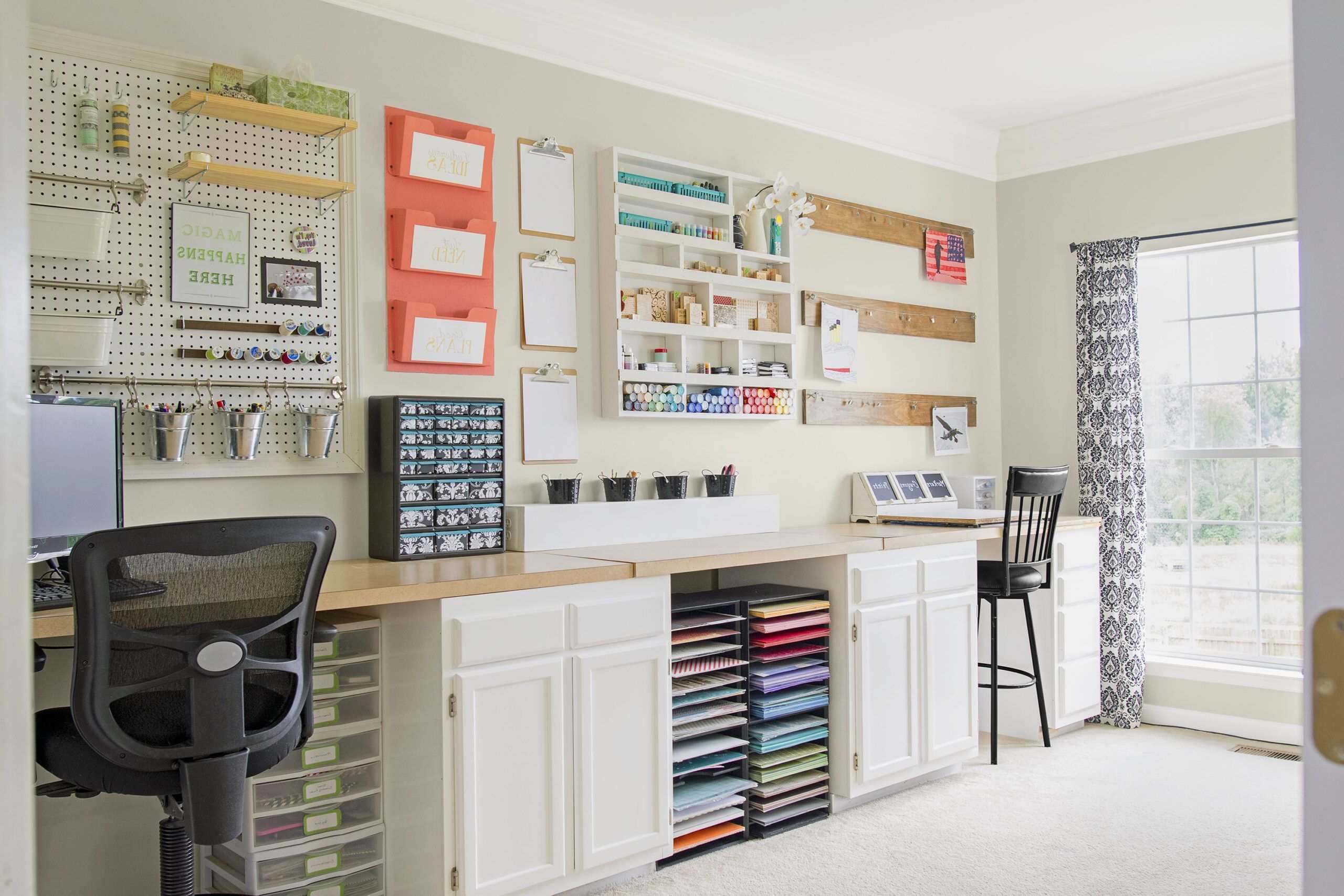

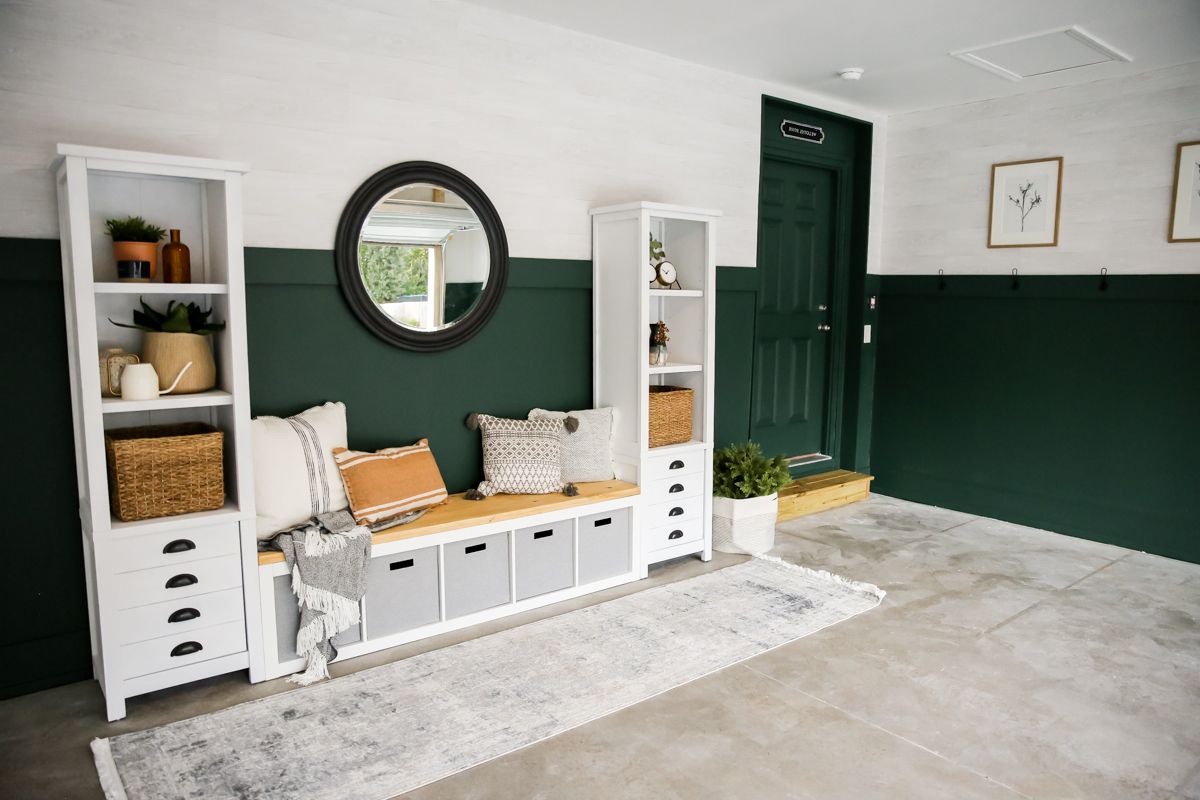
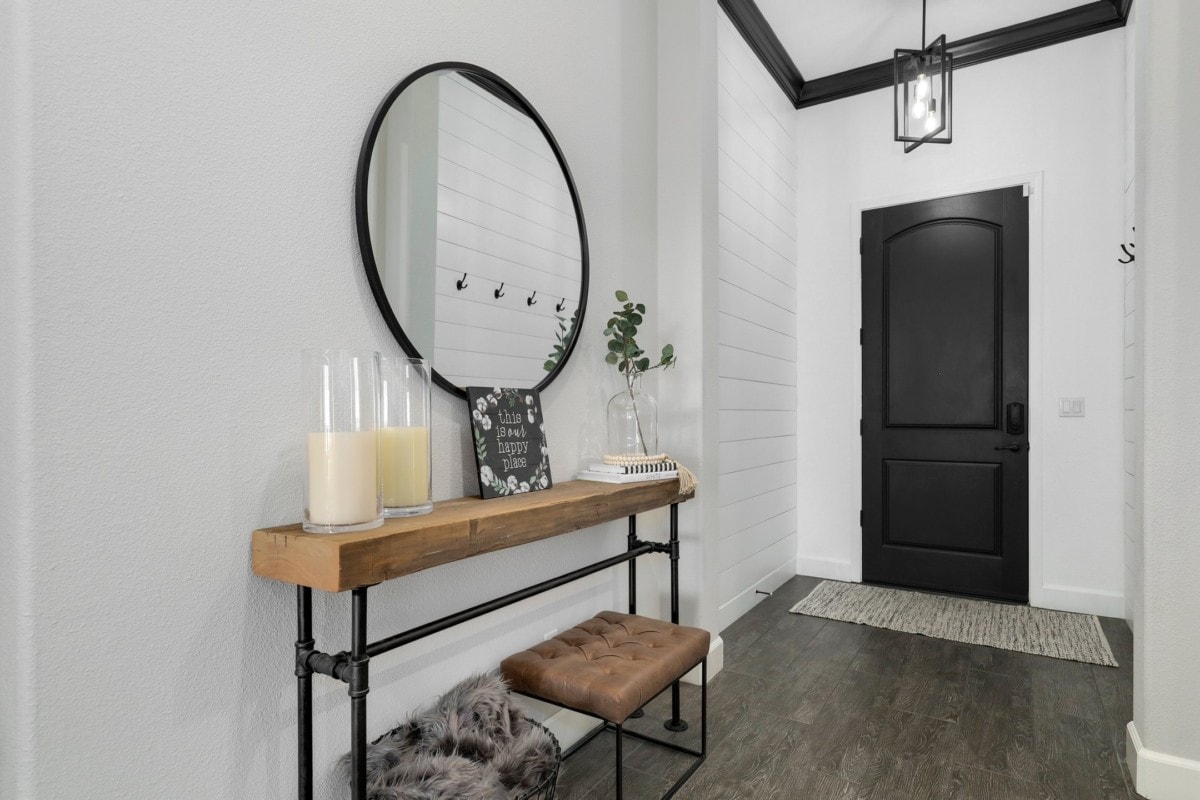
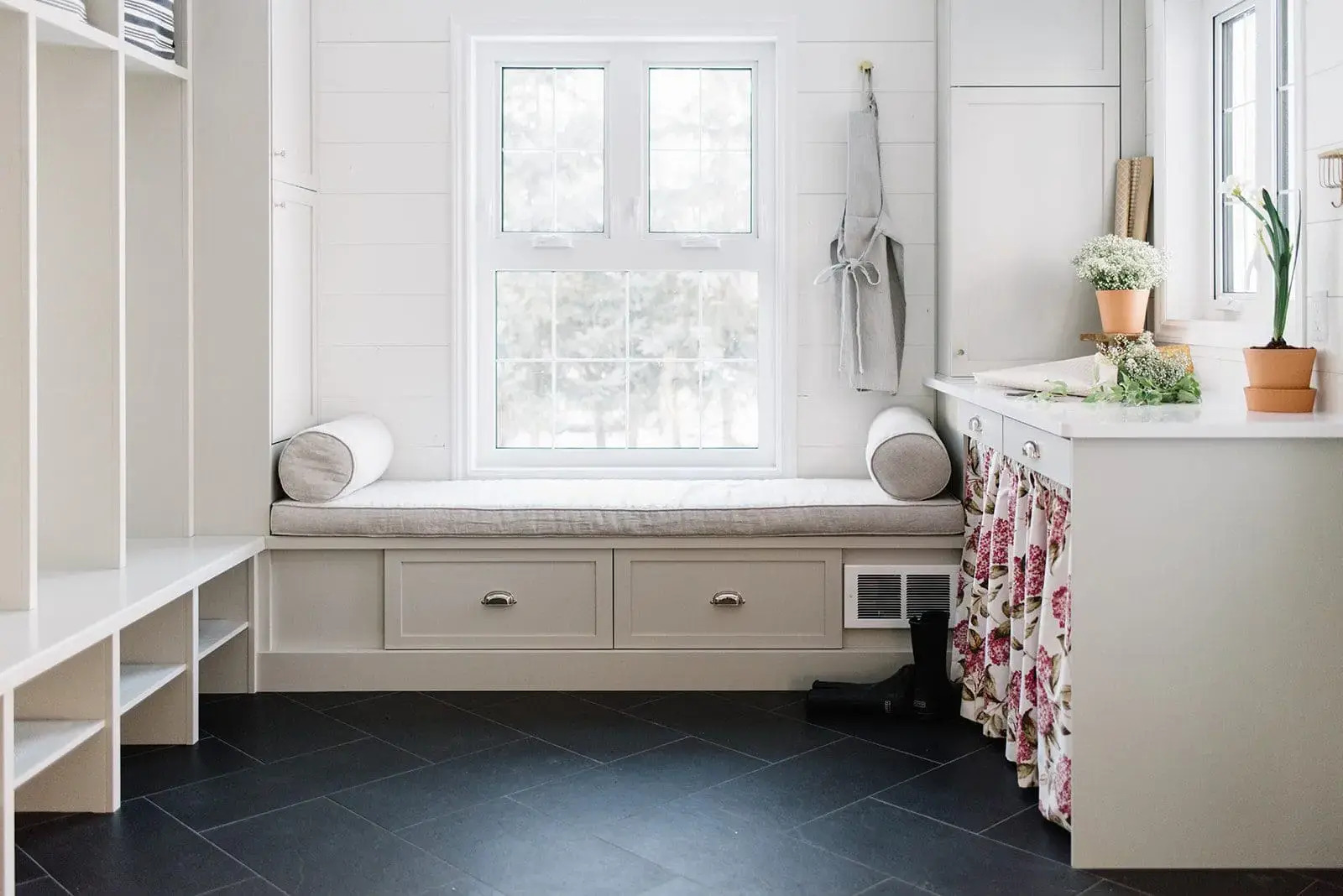
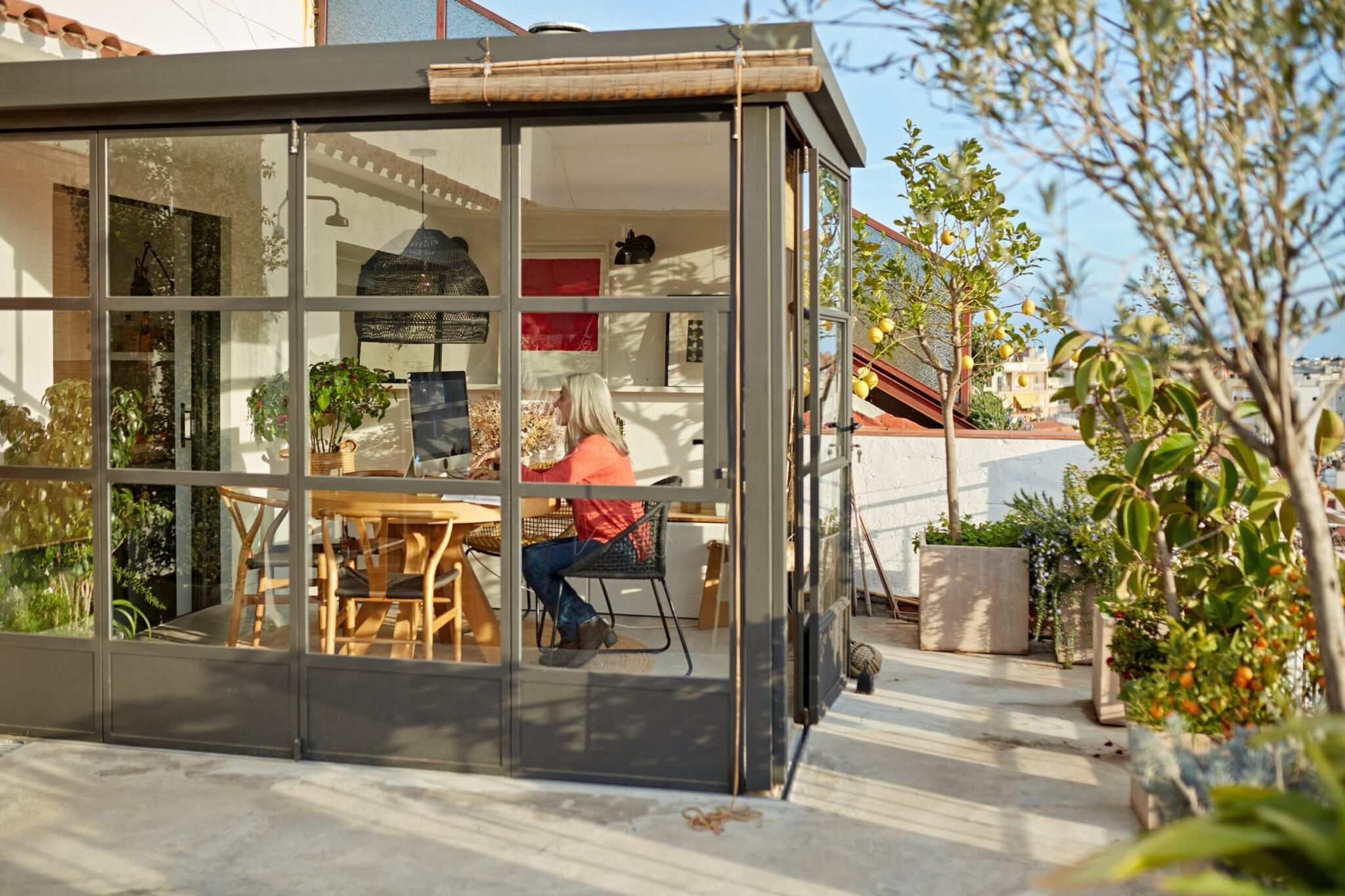
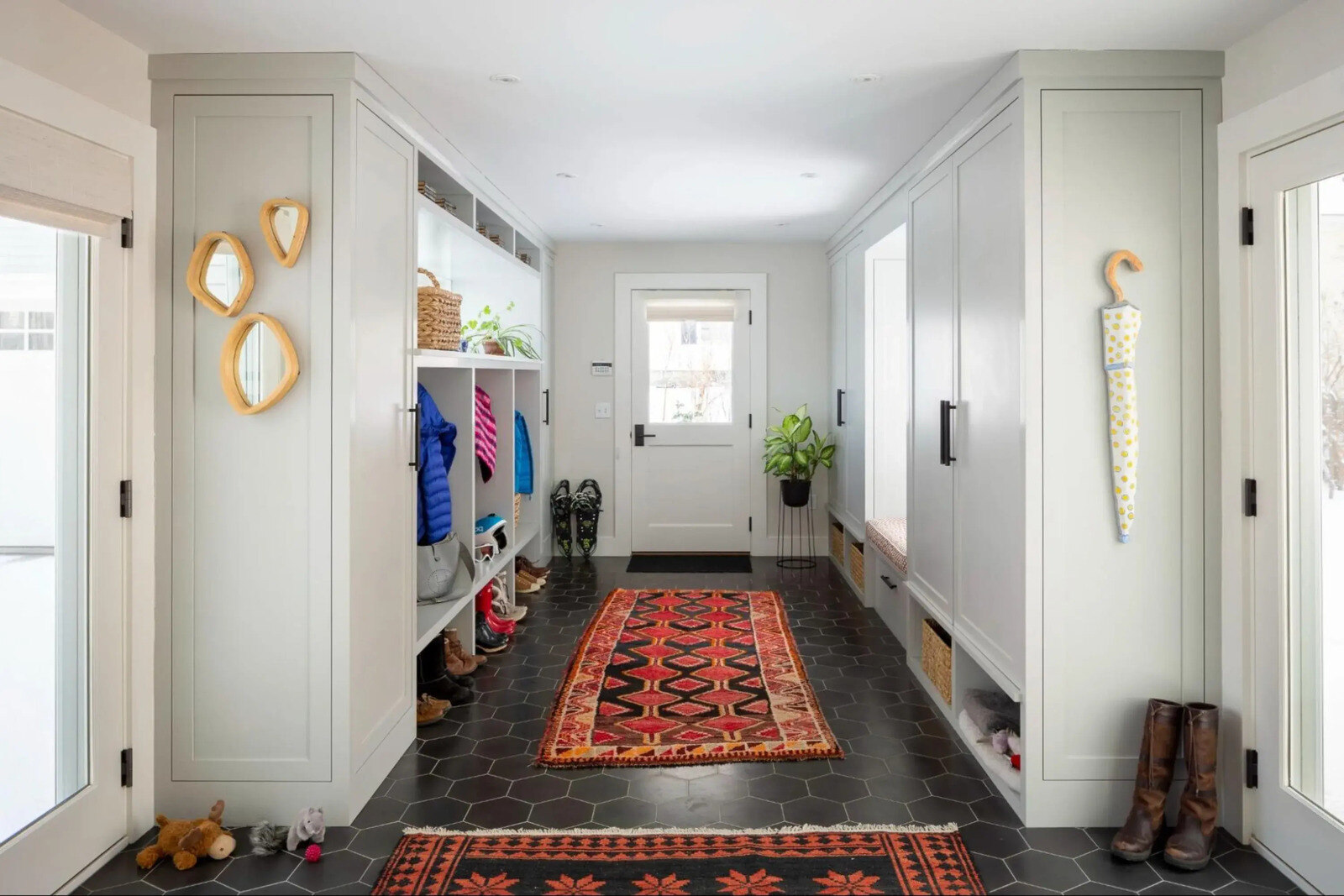

0 thoughts on “Creating A Functional Homework Station In A Kitchen”